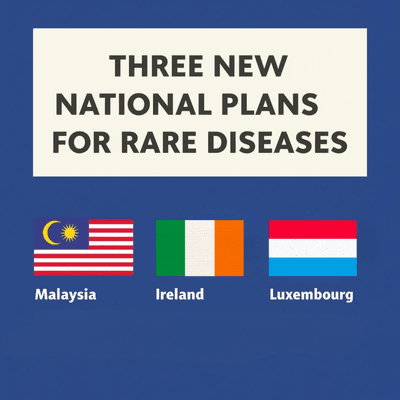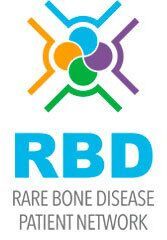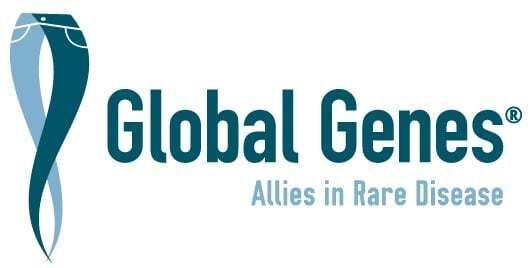
In the wake of the World Health Assembly (WHA) Resolution on Rare Diseases, which elevated rare diseases on the global health agenda, three countries have taken significant steps to strengthen care, diagnosis, and awareness for people living with a rare disease (PLWRD) and their families.
Over the past month, Malaysia, Ireland, and Luxembourg each launched new national plans for rare diseases, underscoring a growing worldwide commitment to address the complex challenges faced by the rare disease community.
Malaysia: A First-of-Its-Kind National Policy
On 27 August 2025, Malaysia’s Ministry of Health released the National Policy for Rare Diseases in Malaysia 2025—the nation’s first-ever strategy dedicated to rare diseases.
The policy defines a disease as rare if it affects fewer than 1 in 4,000 people, and establishes nine key pillars of action to strengthen care, diagnosis, and awareness. Across these pillars, the plan identifies 30 measurable targets that address some of Malaysia’s most pressing rare disease challenges—such as the absence of a national rare disease registry, limited access to comprehensive genetic testing, and a lack of regulatory incentives for orphan drug development.
To bridge these gaps, the policy calls for:
- The creation of multi-stakeholder technical committees to oversee an integrated rare disease management program under the Ministry of Health.
- The establishment of a national rare disease registry to support data collection and policy planning.
- Measures to facilitate the manufacture and importation of affordable orphan products.
To ensure accessibility, the Ministry of Health also published a summary fact sheet explaining the policy’s goals and potential impact for patients, families, healthcare professionals, and the public.
Ireland: Building on a Strong Foundation
Also on 27 August 2025, Ireland’s Department of Health unveiled its National Rare Disease Strategy 2025–2030. This new plan builds on the earlier National Rare Diseases Plan for Ireland 2014–2018, expanding its scope to address the lifelong challenges faced by people with rare diseases.
Developed through multi-stakeholder collaboration—including patients, clinicians, researchers, and government representatives—the Irish strategy puts forward 11 recommendations designed to reinforce rare disease care, improve coordination, and enhance awareness nationwide.
By implementing these recommendations, Ireland aims to establish a comprehensive and inclusive framework for rare disease care, ensuring that individuals affected by rare conditions receive timely diagnosis, appropriate treatment, and equitable access to support services throughout every stage of life.
Luxembourg: A Coordinated, Person-Centred Approach
In September 2025, Luxembourg’s Ministry of Health adopted its second national plan for rare diseases, the Plan National Maladies Rares Luxembourg 2025–2029 (PNMRL). Building on the first plan (2018–2023), the PNMRL emphasizes a holistic, person-centred approach across five thematic areas designed to improve coordination and sustainability in the country’s rare disease system.
The plan includes:
- 23 objectives,
- 64 measures, and
- 139 specific actions,
covering areas such as diagnosis, care pathways, patient support, research, and awareness.
Importantly, the PNMRL aligns with broader national initiatives—including the Convention on the Rights of People with Disabilities, the National Cancer Plan, and Luxembourg’s newborn screening program—ensuring that rare disease policy is integrated into the country’s overall health and social framework.
Through this plan, Luxembourg aims to achieve more efficient resource use and improved access to diagnosis and treatment for PLWRD.
Global Momentum for Rare Diseases
Together, these new national strategies reflect a growing international recognition of rare diseases as a major public and global health priority. They also build on the momentum of the WHA Resolution on Rare Diseases, which called on Member States to strengthen rare disease care and ensure that no one living with a rare condition is left behind.
By introducing policies tailored to the needs of PLWRD, Malaysia, Ireland, and Luxembourg are setting an example for the world—demonstrating that concrete action and cross-sector collaboration can drive meaningful change for millions of individuals and families affected by rare diseases.










